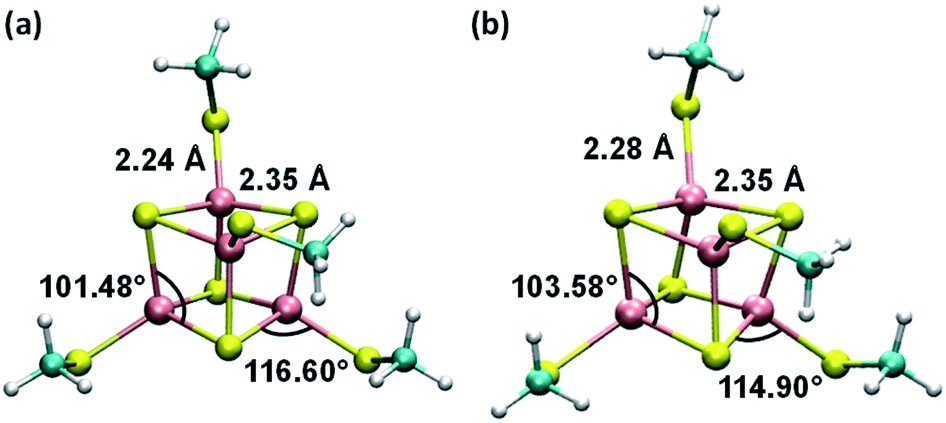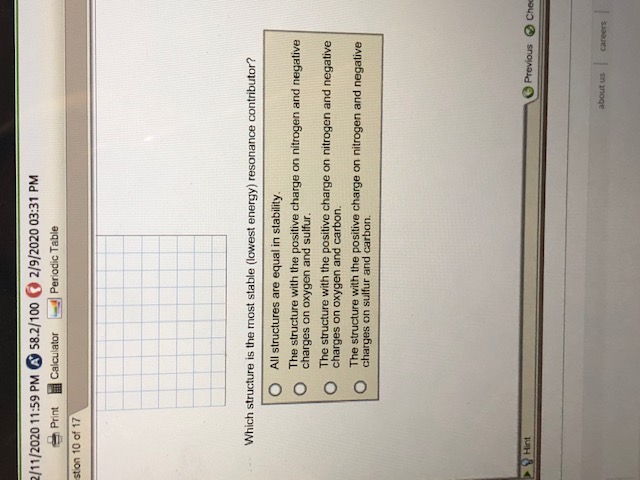

Semimetals (metalloids) and some nonmetallic elements form sulfides that are molecular or that have sulfide bridges in a polymeric structure. The sulfides that have been utilized in these power sources are M 2S, M 2S 2, M 2S 4, and M 2S 5. Sulfides are an important component of high-density power sources such as lithium and sodium sulfide batteries. These solutions consist primarily of S 4 2− and S 3 2− anions. When water-soluble metal sulfides are heated in aqueous solution with elemental sulfur, solutions of so-called polysulfides are formed. In contrast, the sulfides of the copper and zinc families are some of the least-soluble compounds known. The alkali metals and alkaline-earth metals are the only sulfides that have any appreciable water solubility and that appear to be primarily ionic. NaHS + NaOH → Na 2S + H 2O Solubility of sulfides A further equivalent of metal hydroxide added will yield the metal sulfide. Another method, particularly suitable for water-soluble sulfides, involves bubbling H 2S into a basic solution of the metal to give the metal hydrogen sulfide, MHS. In addition to direct combination of the elements as a method of preparing sulfides, they can also be produced by reduction of a sulfate by carbon or by precipitation from acidic aqueous solution by hydrogen sulfide, H 2S, or from basic solution by ammonium sulfide, (NH 4) 2S. Most metals react directly with sulfur to form metal sulfides-i.e., compounds that contain a metal atom and the sulfide ion, S 2−. Zinc, cadmium, mercury, copper, silver, and many other elements occur in nature as sulfides. Pyrite is a major source of iron and is one of the most abundant of the sulfur minerals. For example, pyrite, which is also called fool’s gold owing to its brassy yellow colour, is a sulfide of iron with the formula FeS 2. Sulfides of many important metallic elements are naturally occurring minerals. Phosphine sulfides are formed from the reaction of organic phosphines with sulfur, in which the sulfur atom is linked to the phosphorus by a bond that has both covalent and ionic properties. Organic sulfides are compounds in which a sulfur atom is covalently bonded to two organic groups. Inorganic sulfides are ionic compounds containing the negatively charged sulfide ion, S 2− these compounds may be regarded as salts of the very weak acid hydrogen sulfide.

The three classes of sulfides include inorganic sulfides, organic sulfides (sometimes called thioethers), and phosphine sulfides. Sulfide, also spelled sulphide, any of three classes of chemical compounds containing the element sulfur. SpaceNext50 Britannica presents SpaceNext50, From the race to the Moon to space stewardship, we explore a wide range of subjects that feed our curiosity about space!.Learn about the major environmental problems facing our planet and what can be done about them!

#SULFIDE CHARGE HOW TO#
COVID-19 Portal While this global health crisis continues to evolve, it can be useful to look to past pandemics to better understand how to respond today.Student Portal Britannica is the ultimate student resource for key school subjects like history, government, literature, and more.From tech to household and wellness products. Britannica Explains In these videos, Britannica explains a variety of topics and answers frequently asked questions.This Time in History In these videos, find out what happened this month (or any month!) in history.#WTFact Videos In #WTFact Britannica shares some of the most bizarre facts we can find.Demystified Videos In Demystified, Britannica has all the answers to your burning questions.Britannica Classics Check out these retro videos from Encyclopedia Britannica’s archives.


 0 kommentar(er)
0 kommentar(er)
